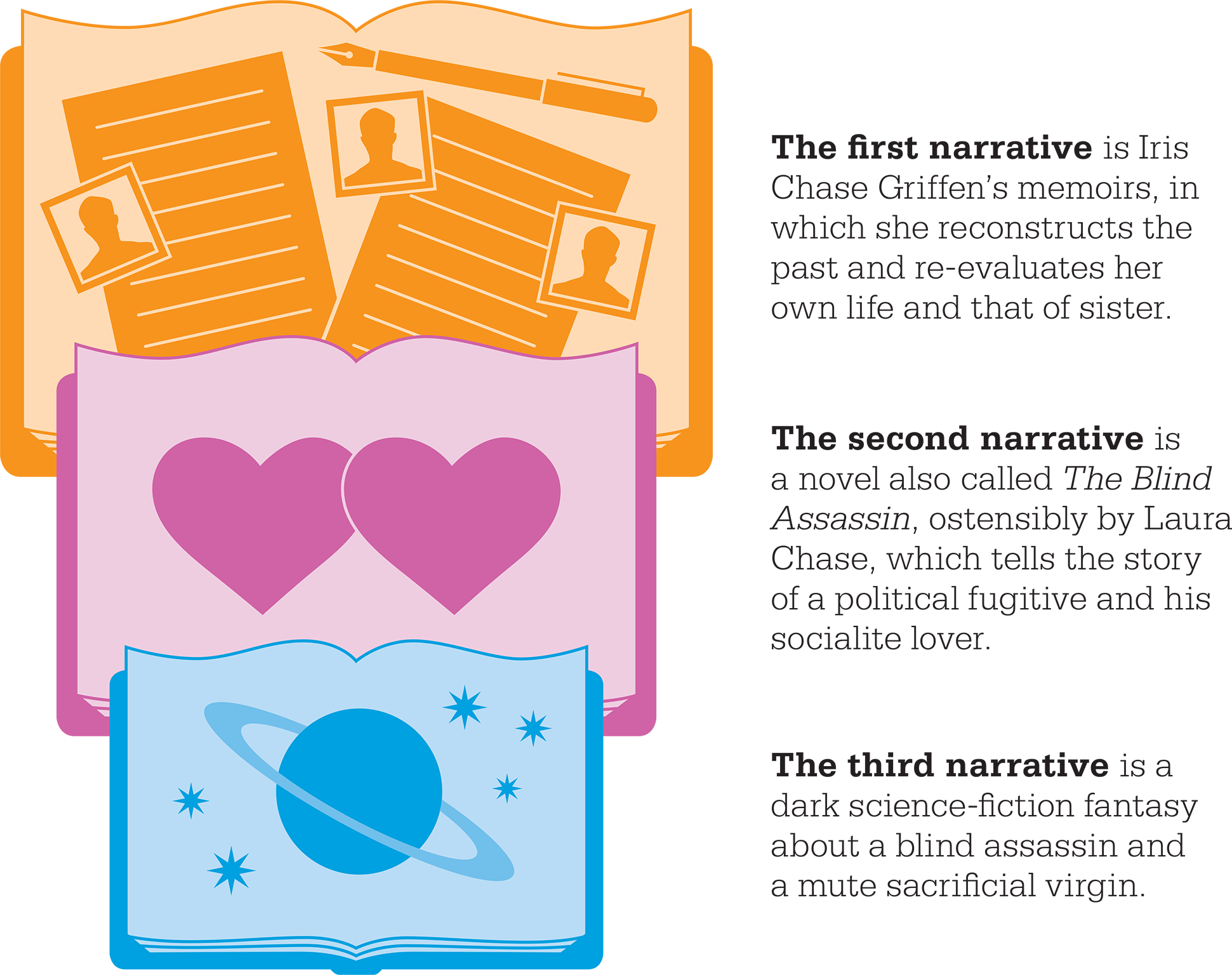The Literature Book (Big Ideas Simply Explained) (2016)


IN CONTEXT
FOCUS
Southern Ontario Gothic
BEFORE
1832 Considered the first Canadian novel, Wacousta by John Richardson is full of menace and Gothic terror.
1967 Timothy Findley’s The Last of the Crazy People is published. Five years later the author coins the term Southern Ontario Gothic to describe his novel.
1970 Robertson Davies’ Fifth Business is an early example of Southern Ontario Gothic, looking at the dark underbelly of an Ontario community.
AFTER
2009 Intrigue, murder, and fear infuse Alice Munro’s Gothic short-story collection Too Much Happiness.
2013 Hilary Scharper’s Perdita, which she describes as “Ecogothic”, is a modern Canadian ghost story.
The Gothic fiction of the 18th and 19th centuries typically featured such elements as haunted castles, tyrannical villains, endangered heroines, mysteries, and ghosts. In the late 20th century, Canada, and Southern Ontario in particular, developed its own take on this tradition. Novelists including Alice Munro, Robertson Davies, and Margaret Atwood appropriated aspects of Gothic fiction such as the supernatural and the grotesque, and the genre’s dark imagery, and applied them to contemporary Canadian life. Frequently, such literature attempts to make sense of Canadian national identity in a postcolonial context, and can be seen as a reflection of settlers’ anxieties about their history.
"Darkness moved closer … Back into the long shadows cast by Laura."
The Blind Assassin
Narrative complexity
Margaret Atwood relocates the fascination with fear and terror that fed the European Gothic to her own home territory, exploring the darker side of human nature and the destructive potential of buried secrets. Her book The Blind Assassin is a notable example of Southern Ontario Gothic, playing on notions of sacrifice and betrayal, truth and lies, conspiracy and romance, and the boundaries between the living and the dead.
The novel is a multi-layered story told through the eyes of 83-year-old Iris Chase Griffen, writing her memoirs in the form of a letter to her granddaughter. Within the story of Iris’s life another novel is nestled, also called The Blind Assassin, about two lovers, and purportedly written by Iris’s sister, Laura. And within that novel is yet another story, a pulp science-fiction tale related by the man in Laura’s novel. All these stories are punctuated by newspaper reports that add a further, supposedly factual, dimension to the narrative.
The main story, recounted in Iris’s memoir, revolves around Laura and Iris Chase in the 1920s and ’30s. Gothic motifs are updated: the haunted castle becomes Iris’s family home, Avilion, a mansion built by her rich grandfather, complete with attics and turrets; there is a cruel male villain in Iris’s domineering husband, Richard; and Iris and Laura themselves are versions of the victimized heroine.
Haunted by the real
The novel is realistic in tone, yet symbolically the supernatural is never far away. The structure of flashbacks means that characters we know to be dead appear almost as if they are ghosts speaking to the present from the past. Laura, whose suicide the reader learns about in the very first sentence, haunts Iris through memories and secrets that are slowly uncovered.
Southern Ontario is itself a dark and brooding character in the book. It may be likened to the underworld of classical literature: ominous stretches of water must be crossed in order to enter it, and it has its own villainous gatekeeper, in the form of Richard. The protagonists wander here in search of meaning.
Overall, Atwood’s reworking of Gothic tropes and her skilful interweaving of different genres creates a novel in which, despite the darkness, each element illuminates the whole.

The structure of The Blind Assassin, with its stories within stories and multiple narrators, echoes Gothic literature, while the third tale - although set on the planet Zycron - contains the familiar Gothic elements of romance, betrayal, and murder.
MARGARET ATWOOD

The Canadian novelist, poet, and essayist Margaret Atwood was born in 1939 in Ottawa, Ontario. For much of her childhood, she spent half the year in the wilderness, where her father studied insects. During this time she would write poems, plays, and comics, and while still at school she decided to become a writer. The US writer Edgar Allan Poe was among her favourite authors and his dark influence can be seen in much of her fiction.
Atwood’s first publication was a collection of poems in 1966, but she is best known as a novelist. Her first novel to be published was The Edible Woman in 1969. Her passion for environmental issues and human rights comes through in her dystopian novels such as The Handmaid’s Tale and the trilogy begun with Oryx and Crake. She has received many distinguished literary prizes, including the Booker Prize for The Blind Assassin.
Other key works
1985 The Handmaid’s Tale
1988 Cat’s Eye
1996 Alias Grace
2003 Oryx and Crake
See also: Frankenstein ✵ Dracula ✵ Wuthering Heights ✵ The Handmaid’s Tale ✵ Selected Stories (Alice Munro)